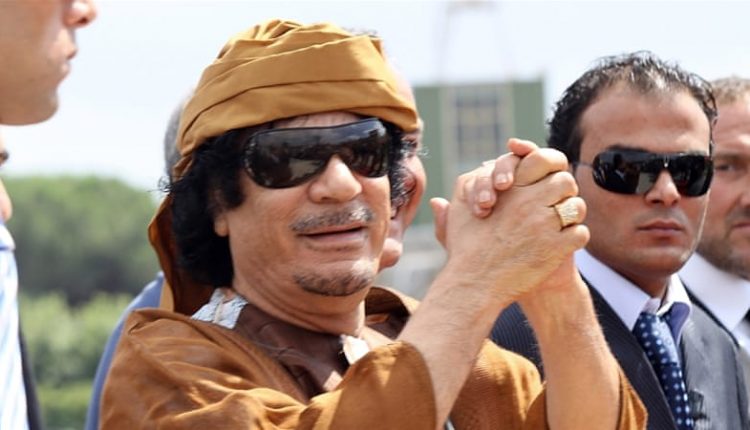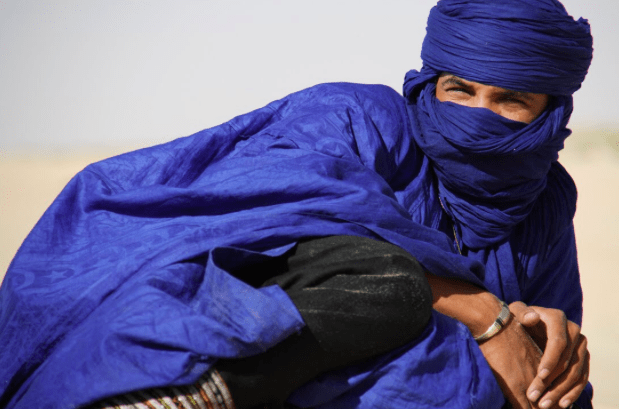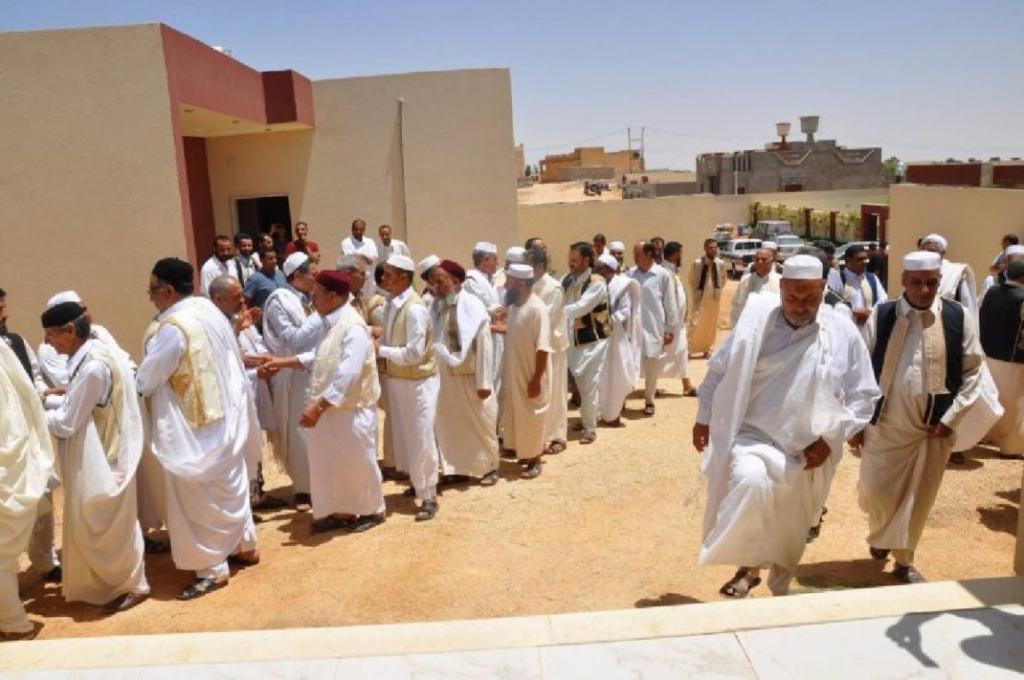When we hear the word “tribes” in the Arab world, we often connote it with people bonded by blood ties, distinctive traditions, and a level of loyalty like no other. Referring to Libya, this is particularly true, as the country has been divided into tribes since ancient times, you can see how members are extremely lawful to their tribes and strictly abiding the rules they govern.
According to Reuters “Political risk consultancy, Stratfor estimates that Libya has up to 140 tribes, but only 30 have any particular significance. Some Libyans, mostly in the rebel movement, say such traditional structures are not very important in urban areas, but others say that they may prove vital in the absence of traditional government structures.” And while some may disclaim the significance of tribalism, others find it a living proof of functionality at times when traditional government structures are absent.
Indeed, Libya’s tribes are regarded as the country’s oldest and most long-established societal institutions; so without further ado, here’s a list of some of the most prominent tribes in Libya.
Gaddadfa

This tribe fell under the rule of Muammar Al-Gadaffi, which at the time was considered a small and not a powerful one historically. Its territory is located between the port of Sirte midway between Tripoli and Benghazi. And although they had minimal power historically, the tribe slowly gained power and wealth when Gadaffi took charge, yet was always clouded with accusations of trying to take over power and having an influential role in Libya’s ongoing civil war.
Tuaregs

This tribe is known to be a traditionally nomadic one, where the Tuaregs are mostly divided among different states of the Sahara. The Tuaregs are also called the “blue people” for wearing indigo-dyed clothes that blemish their skin.
Rebels of the tribe have attacked other Saharan governments as well as oil installations to seek independence. Moreover, it was reported last year that they have made an alliance with the UN-backed Government of National Accord (GNA) as an attempt to defend southern Libya against attacks of Khalifa Haftar’s militia.
Warfalla

This tribe is considered to be Libya’s largest tribe that consists of six million people who have always resisted Al Gaddafi. They joined forces with the Magarha tribe and launched a coup against him back in 1993, resisting their marginalization and demanding more representation in Libya’s government.
Magarha

This tribe is the second-largest tribe – as we mentioned earlier- with an estimated one million members. They had their own quarrels as well with Gaddafi’s ruling. Yet the failed coup attempt they carried against Gaddafi forced the tribe to maintain closer relations and peace. The Magarha, along with the Warfalla, have later on formed a significant alliance with Muammar Al Gaddafi.
Zuwayyah

Although their residence is mainly around the rural areas, they are one of the oil-producing tribes. They were great opponents of Al Gaddafi and despite being a small tribe, they have always been demanding to have more share in deciding oil usage and are well known to be well-armed.



